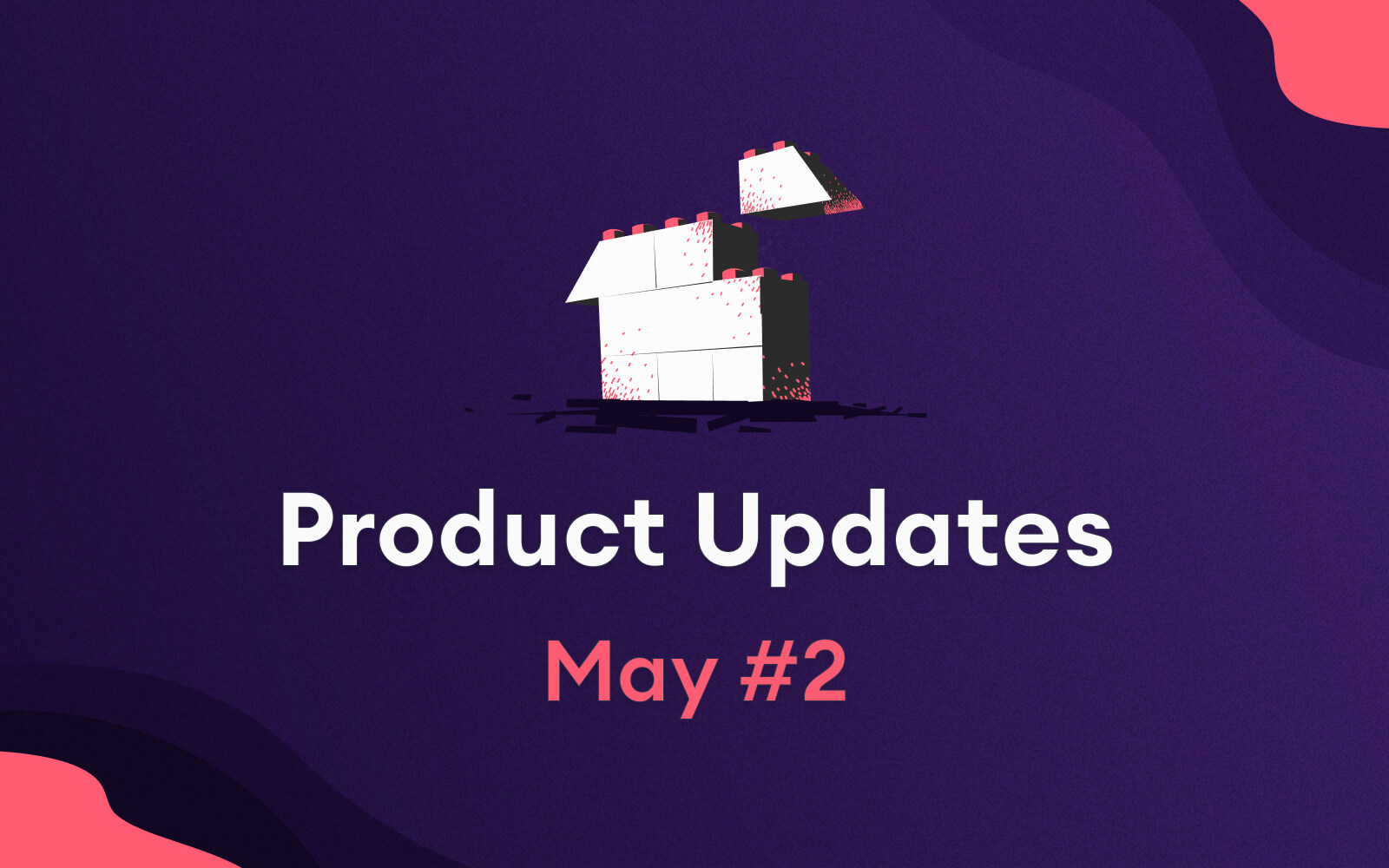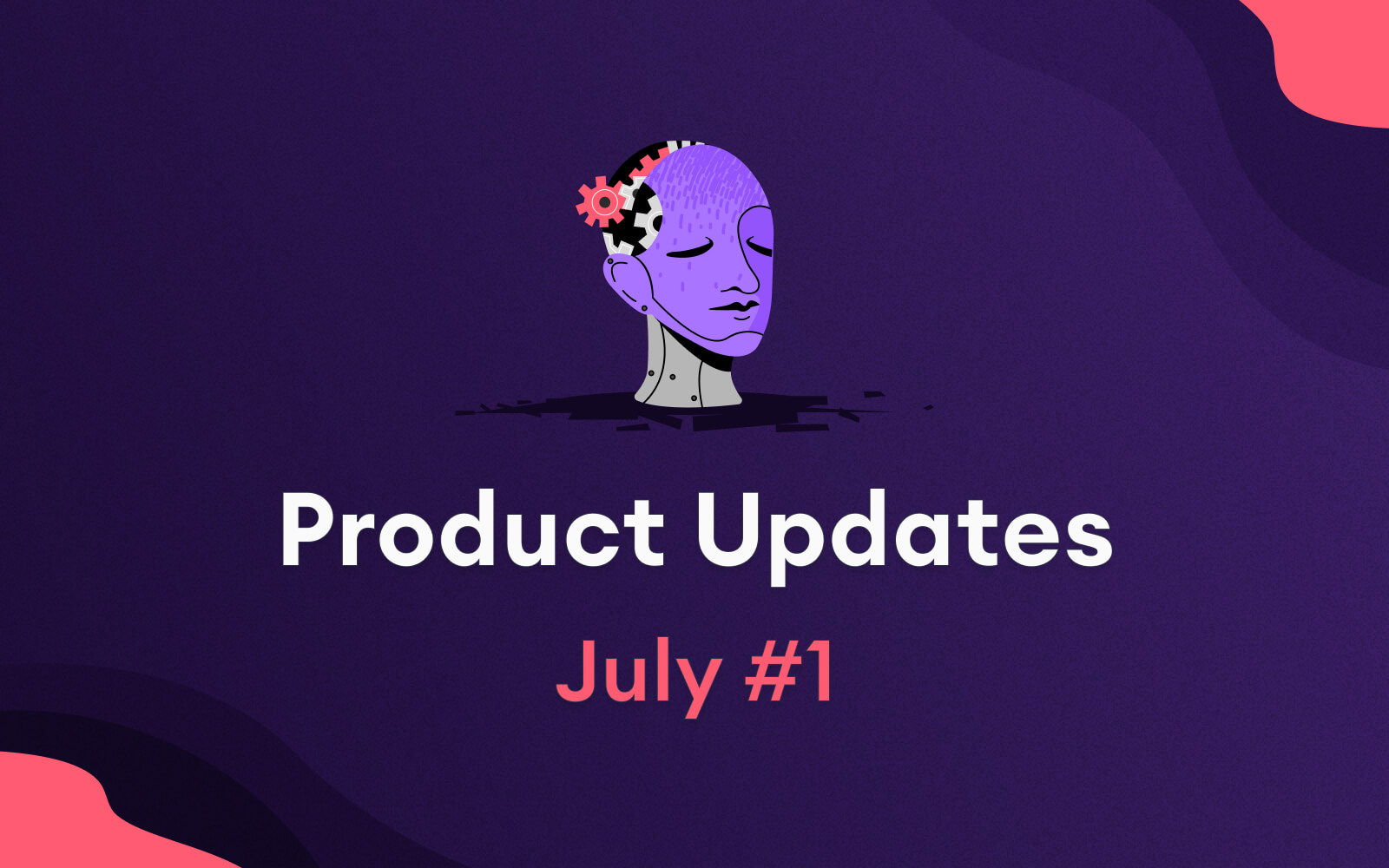
I am Vahan, the CTO of SuperAnnotate, the ultimate data annotation platform. In this article, I’d like to present the story behind SuperAnnotate, its purpose, and its vision for the future.
Outline
- Before SuperAnnotate
- Why did we start SuperAnnotate?
- Software summary and future roadmap
Before SuperAnnotate
A couple of years ago, I was getting my PhD at KTH Royal Institute of Technology in Sweden, doing research that focused on weakly supervised image segmentation. At the time, I had a paper that was accepted in one of the workshops at CVPR 2018. As a researcher, I spent a lot of time on the annotation and on the process of correcting the annotations. While attending CVPR, I noticed that many companies who sponsored the event actually provided such annotation services. As a result, I saw a lot of opportunities to apply my own research to accelerate the pixel-accurate annotations for semantic and panoptic segmentation tasks.

Why did we start SuperAnnotate?
After the conference, my brother Tigran and I decided to drop out of our PhDs and fully focus on actually starting and building our company. Soon after, we moved to Silicon Valley to participate in Berkeley’s SkyDeck Startup Accelerator program that gave us a huge boost in expanding our business.
It was then decided that we would create not just an annotation tool, but rather a complete software solution that will help computer vision (CV) engineers to start, annotate, train, iterate and finish CV projects.

To build a quality CV project, it’s important to quickly annotate, train, and iterate the data. However, a robust team, project, data itself, and quality management system are crucial as well, especially when it comes to larger projects. Unfortunately, many annotation tools and platforms lack these features, and that’s why SuperAnnotate stands out. Completing a CV project requires a lot more than what open source solutions and other toolsets offer nowadays.

Free usage for academia
While at Berkeley, we started a collaboration with UC Berkeley’s AI department and were excited that Prof. Pieter Abbeel and Prof. Trevor Darrell joined our advisory board to help us further refine and develop our product. Coming from an academic background and having leading academic advisors, we deeply understand the importance of a good dataset for the future development of a particular research area (like ImageNet for DNNs, Cityscapes for Semantic Segmentation, etc.).
Since many of us came from a research background and felt the pain of image annotation, data training, and modeling firsthand, we’d like to share our annotation platform for free with all researchers that are facing the same challenges and issues.
Software summary and future roadmap
Now, we have a fully scalable software solution for all sorts of annotation tasks for images, videos, and texts, including points, polygons, polylines, boxes, ellipses, 3D cuboids, templates for emotion and pose annotations, pixel-accurate for semantic and panoptic segmentation. On top of that, we’ve built robust management systems where one can monitor teams, projects, annotation speed, and data quality.
On the roadmap, we currently have three priorities that we will accomplish in the upcoming months:
- Transfer Learning: Increasing Prediction Accuracy by Iterative Retraining
- Active learning: Picking the Right Images to Annotate
- Video Annotation: Tracking Both on a Box Level and Pixel Accurate Level
Our ambition is that, at any time, you’ll find state-of-the-art tools to make your projects as efficient as possible.










